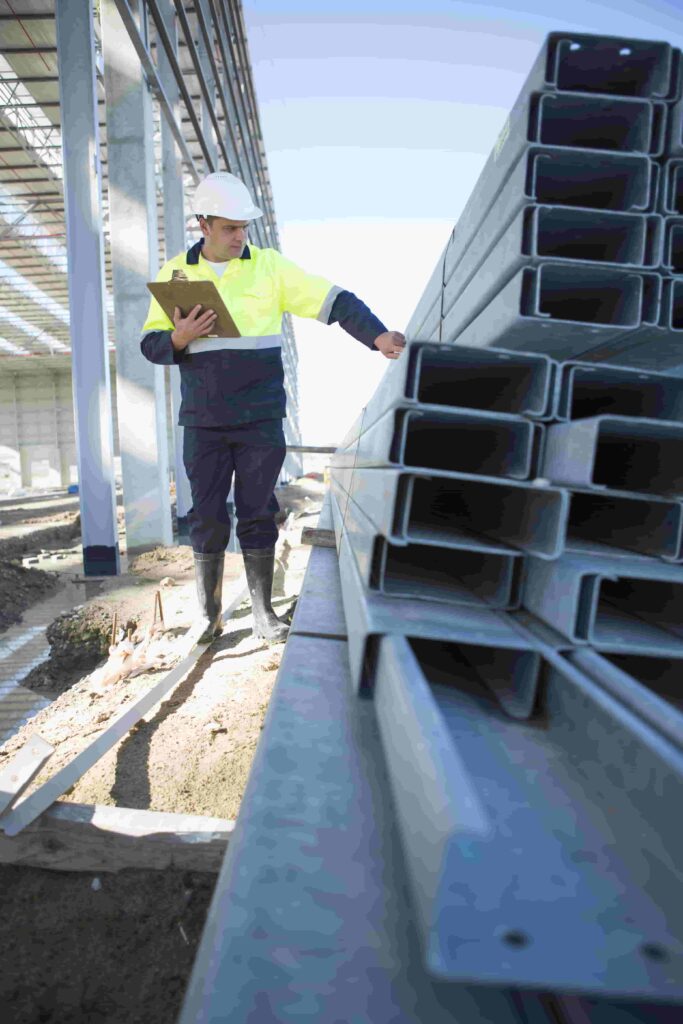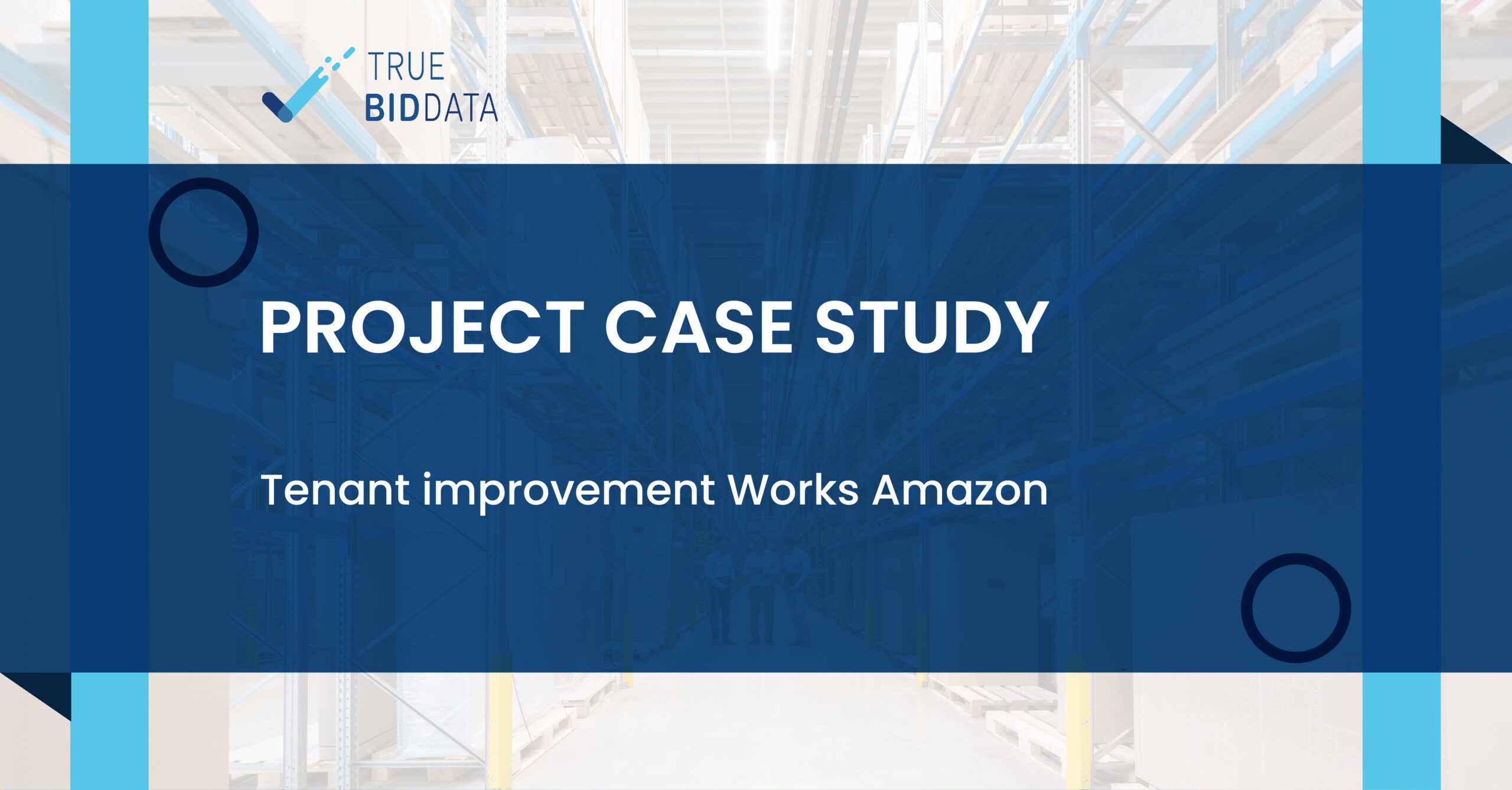
In the world of construction estimating, understanding steel quantity is foundational to structural cost control. From high-rise commercial buildings to industrial warehouses across the USA, including busy hubs like New York City, accurate steel quantity takeoffs are essential to align material procurement, structural design, and contractor bidding strategies.
True Bid Data offers a reliable digital process for steel quantity estimating that integrates seamlessly into your overall cost forecasting. Instead of generic tables or manual errors, we translate your structural drawings into measurable steel tonnage and component counts that align with both budget and buildability.
Steel Quantity Defined: More Than Just Tonnage
Steel quantity estimation isn’t limited to calculating total weight. It breaks down the entire structural framework into quantifiable elements such as:
- Beams (W-shapes, HSS, Channels, Angles)
- Columns and vertical supports
- Steel joists and decking
- Plates, base plates, and gusset plates
- Connection bolts and anchor rods
- Bracing and framing accessories
Accurate steel estimating ensures no surprises in structural procurement or fabrication. Each component impacts the schedule, crane lifts, welding time, and connection labor—so quantity accuracy drives operational efficiency.
Digital Takeoff: From CAD to Cost
At True Bid Data, we perform digital takeoffs directly from PDFs or DWG files. Structural plans are measured and labeled digitally, and our system assigns steel profiles, lengths, and weights based on AISC standards or custom client specifications.
This includes:
- Tonnage Reports per profile
- Shop Drawing-Ready Lists for fabrication
- Weld vs. Bolt Ratios
- Connection Hardware Counts
- Per-floor or Per-zone Summaries
In major USA markets such as New York City, where projects involve structural complexity, logistical constraints, and union pricing, this level of detail is essential for both budget accuracy and supplier negotiation.
Why Steel Quantity Estimating Is Essential
For contractors, developers, and steel fabricators, reliable quantity data answers critical questions:
- How much steel is required before placing an order?
- What is the delivery phasing based on floor sequence?
- How will changes in profile size affect structural load or cost?
- What’s the total erection cost based on tonnage and site conditions?
Steel is one of the highest-cost line items on most commercial construction projects. Misjudging quantities—even by 5%—can shift project margins significantly. In cities like New York City, where site access and laydown space are constrained, over-ordering or underestimating has major cost consequences.
Steel Quantity and Unit Price Estimating
Once steel quantities are determined, they feed directly into unit price estimating workflows. We apply localized material rates and labor factors using up-to-date data, including:
- Union and non-union labor rates
- Fabrication vs. site erection costs
- Primer, fireproofing, and painting allowances
- Freight and craning logistics
For projects in New York City or other dense urban centers, crane types, steel hoisting distances, and traffic control add measurable costs to each ton of steel. Our system accounts for these by integrating site-specific pricing factors and prevailing wages.
Structured Reporting with CSI Division 05
At True Bid Data, all steel quantity reports follow CSI Division 05 – Metals, making it easy for general contractors, cost managers, and subcontractors to slot our data into master budgets or bid packages.
Our deliverables include:
- Steel tonnage per floor or area
- Connection hardware and accessories breakdown
- Weight per steel type or profile
- Waste allowance summaries (5–10% typical)
- PDF markups for field clarity
Clients can easily extract specific scopes—such as “steel framing for Roof Level only”—without redoing the entire estimate.
Project Insights from Steel Quantity Trends
Tracking steel quantity patterns across multiple projects also unlocks valuable data analytics. True Bid Data clients can:
- Benchmark steel tonnage per square foot across project types
- Compare structural system efficiencies (e.g., steel vs. concrete)
- Forecast material needs for pipeline developments
- Analyze steel price volatility by region or season
In New York City, where real estate trends shift between residential towers and institutional retrofits, these data-driven insights help owners and estimators make better material and procurement decisions.
Use Case: Estimating Steel for a Mid-Rise in New York City
Let’s say a GC is bidding a 12-story office tower in New York City, with composite steel deck slabs and wide-flange columns. The structural drawings specify ASTM A992 for framing and A36 for plates. By using digital takeoff and steel quantity estimating:
- Total steel tonnage is calculated at 820 tons
- Base plate count = 144, bolt sets = 1,008
- Shear tab welding length = 3,500 linear inches
- Shop paint (gray primer) = 20,000 SF
With this data, the GC can bid more confidently, avoid contingencies, and work with vendors like fabricators or erectors to set realistic schedules and costs.
Streamline Steel Quantity Estimating at True Bid Data
At TrueBidData.com, we specialize in structural estimating—translating drawings into smart, actionable steel quantity data. Whether you’re a general contractor pricing in New York City or a fabricator handling multi-site developments, our estimating services deliver clarity and confidence at every stage.
Visit True Bid Data to get started with steel estimating built on precision, insights, and digital speed.




